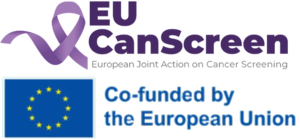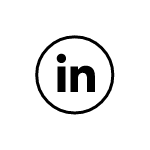New IARC Infographics on Cancer Risk Factors

Subtitle: 20 updated visual tools on alcohol, smoking, diet, and prevention now available.
Category: Awareness
Date: 3 July 2025
The International Agency for Research on Cancer (IARC) has just releaseda set of 20 multilingual infographics summarizing key risk factors for cancer development: tobacco, alcohol, obesity, HPV infections, diet, and UV exposure.
Designed for institutional communications, public events, health education, and social media, the infographics use up-to-date data and are coded to be easily understandable by non-specialist audiences. They are already available in various formats and official EU languages.
📥 Explore and download them here: IARC Infographics Resource Centre
#EuCanScreen #CancerScreening #CervicalCancer #IARC #WHO #EUHealth #CancerAwareness #EUHealth
🔗 Please don’t forget to Subscribe to EuCanScreen Newsletter! 💪
Subscribe to our newsletter to get news and updates.
Subscribe to our newsletter to get news and updates.

The general objective of EUCanScreen is to assure sustainable implementation of high-quality screening for breast, cervical and colorectal cancers, as well as implementation of the recently recommended screening programs – for lung, prostate and gastric cancers. EUCanScreen will facilitate the reduction of cancer burden and achieving equity across the EU.
This project has received funding from the European Union’s EU4HEALTH Programme under the Grant Agreement no 101162959










